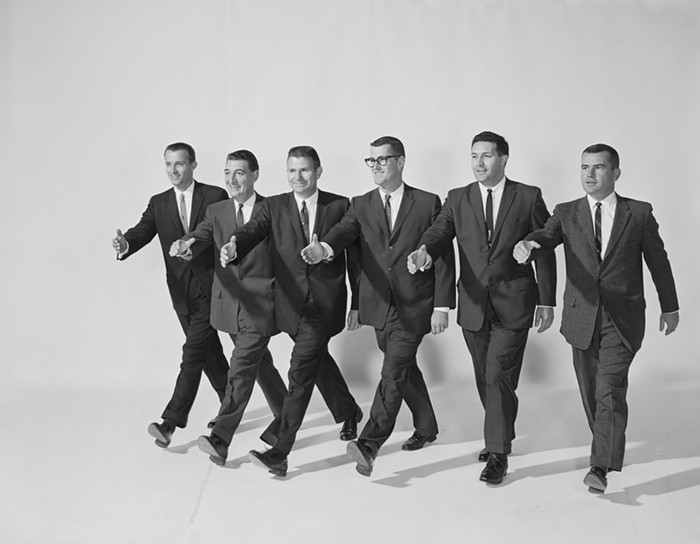Hugo Award-winning writer Jason Heller makes it difficult to guess who the intended audience is for in his latest book, Strange Stars: David Bowie, Pop Music, and the Decade Sci-Fi Exploded. The non-fiction tome, which focuses in on the ’70s—the decade that gave the world Ziggy Stardust and Star Wars—feels like it’s aimed at satisfying two schools of pop culture obsessives (sci-fi geeks and music junkies) but also a general reader who has only a rudimentary knowledge of the artistic veins Heller is mining. Heller winds up serving no one especially well, getting stuck in spots where he needn’t linger and skimming over others that could have used a deep dive.
He trips himself up by using Bowie as the book’s through line. There’s no arguing that the Thin White Duke should figure prominently here—Bowie has a well-documented love of science fiction authors and filmmakers, and made his first commercial impression with his 1969 single “Space Oddity.” However, works like Diamond Dogs and the 1976 film The Man Who Fell to Earth have been exhaustively explored, and Heller doesn’t offer much new insight, preferring to rehash the same well-known details.

Few other artists in the book get similar consideration. Because Heller works to squeeze an entire decade’s worth of albums and art into a surprisingly slim volume (the main text clocks in at 215 pages), he only has time to scratch the surface. He hits many of the highlights well enough—the chapter that hones in on Black artists like Funkadelic and Labelle’s use of alien imagery and onstage spacecraft is one of the book’s best—but hurries through other genres and years to ensure no one is left out. Elsewhere he cherry-picks lyrics from songs that have no other science fiction trappings to speak of, simply to keep reminding us that robots and space travel were on people’s minds in the ’70s. It makes certain sections feel more like a tag cloud than a cultural study.
Strange Stars could become a catalyst for readers to do their own research and exploration into the work of artists like Kraftwerk and Gary Numan, or the writing of Frank Herbert or Robert Heinlein, all of whom make appearances. Maybe that was Heller’s intention all along: to light the fire within his audience to explore these strange new worlds. For those folks already well versed in this lore and these sounds, though, Strange Stars offers frustratingly little fresh information or wisdom to stoke our own fandom.













